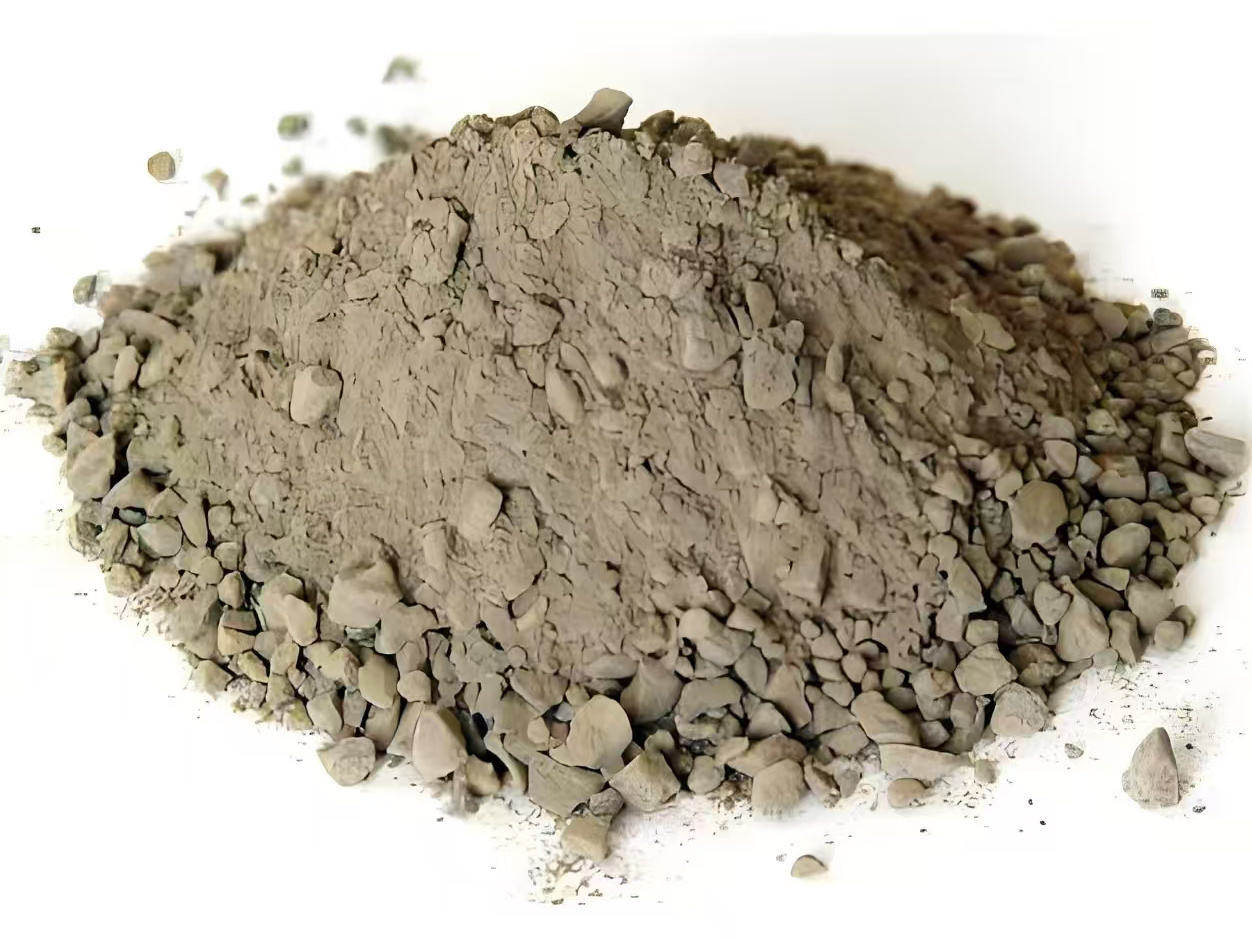Magnesium-based spray materials and applications
2025-08-06
Electric furnace spray patching material is a kind of monolithic refractory material used for patching the inner lining of a kiln. By patching the parts that are damaged prematurely or abnormally fall off, the purpose of material equilibrium erosion is achieved. Spray patching maintenance is an important measure to prolong the service life of the lining and reduce the consumption of refractory materials per ton of steel. However, the existing spray patching materials have the following problems: it is difficult to sinter during the spraying process, the rebound rate is high, and there is no significant improvement in the refractory material consumption and service life of the furnace lining. These problems need to be solved urgently.
The magnesia repair spray material produced by our company uses inorganic binders and releases no harmful gases during baking. It can meet the requirements of smelting different steel grades and the requirements of continuous operation in the steel industry, improving the yield of molten steel and achieving significant economic benefits.

Sintering properties of magnesia spray patching material
Through our experiments, the magnesia spray patching material produced by our company shows that as the calcination temperature increases, the porosity decreases, and the bulk density gradually increases. At 1300-1400°C, the porosity decreases sharply, and the bulk density begins to increase and sinters rapidly. In the actual smelting process, the temperature of the slag line part of the furnace body and other parts that need to be patched after steel tapping is exactly in this range. Therefore, this spray patching material not only adheres to the furnace lining during use but also has good sintering properties.
Compressive strength of magnesia spray patching material
The bonding strength (expressed as shear strength) between the spray patching material and the carbon-containing magnesia brick increases significantly after 1200°C. The room-temperature compressive strength of the spray patching material increases significantly only when calcined at temperatures above 1400°C. This is because at around 1300°C, in addition to the bonding of the spray patching material itself, there are reactions between SiO2, CaO, Al2O3, and MgO, generating a small amount of low-melting-point substances. The generated low-melting substances are distributed around the aggregate particles. At temperatures above 1300°C, some solid-phase reactions are also taking place inside the spray patching material, such as the formation of forsterite (Mg2SiO4), spinel (MgO·Al2O3), monticellite (CaO·SiO2·MgO), and mullite (3Al2O3·2SiO2), etc. Among them, the low-melting-point monticellite and forsterite act as binders at high temperatures, while the high-melting-point spinel, mullite, and periclase act as a skeleton at high temperatures, so that the patching material has both good bonding and high strength at high temperatures.
As the calcination temperature continues to increase, the above-mentioned sintering and solid-solution reactions of the spray patching material become more complete, the spray patching layer becomes denser, and its compressive strength and bonding strength (i.e., shear strength) also increase. In this way, the furnace patching effect and corrosion resistance of the spray patching layer at high temperatures are more ideal.
Use of magnesia spray patching material
A special spray patching machine is used for spraying. The spray patching material is mixed with water and driven by airflow to spray onto the slag line and severely damaged areas. Repair can be completed in 2-3 minutes. Under appropriate operating conditions, the vertical spraying thickness can reach 100 mm. For individual parts that need emergency repair, such as the overall peeling of some furnace lining bricks or holes in the furnace lining, the spray patching material can be filled thicker. After spraying with the spray patching material, the corrosion resistance of the electric furnace lining is greatly enhanced, and its service life is also improved.
Next Page:



